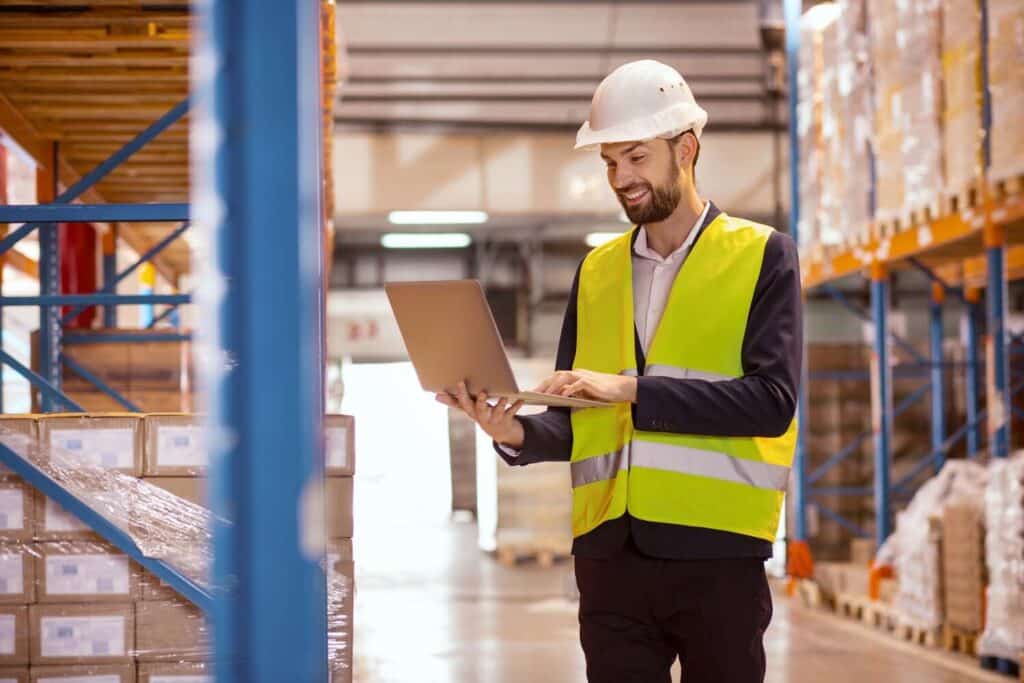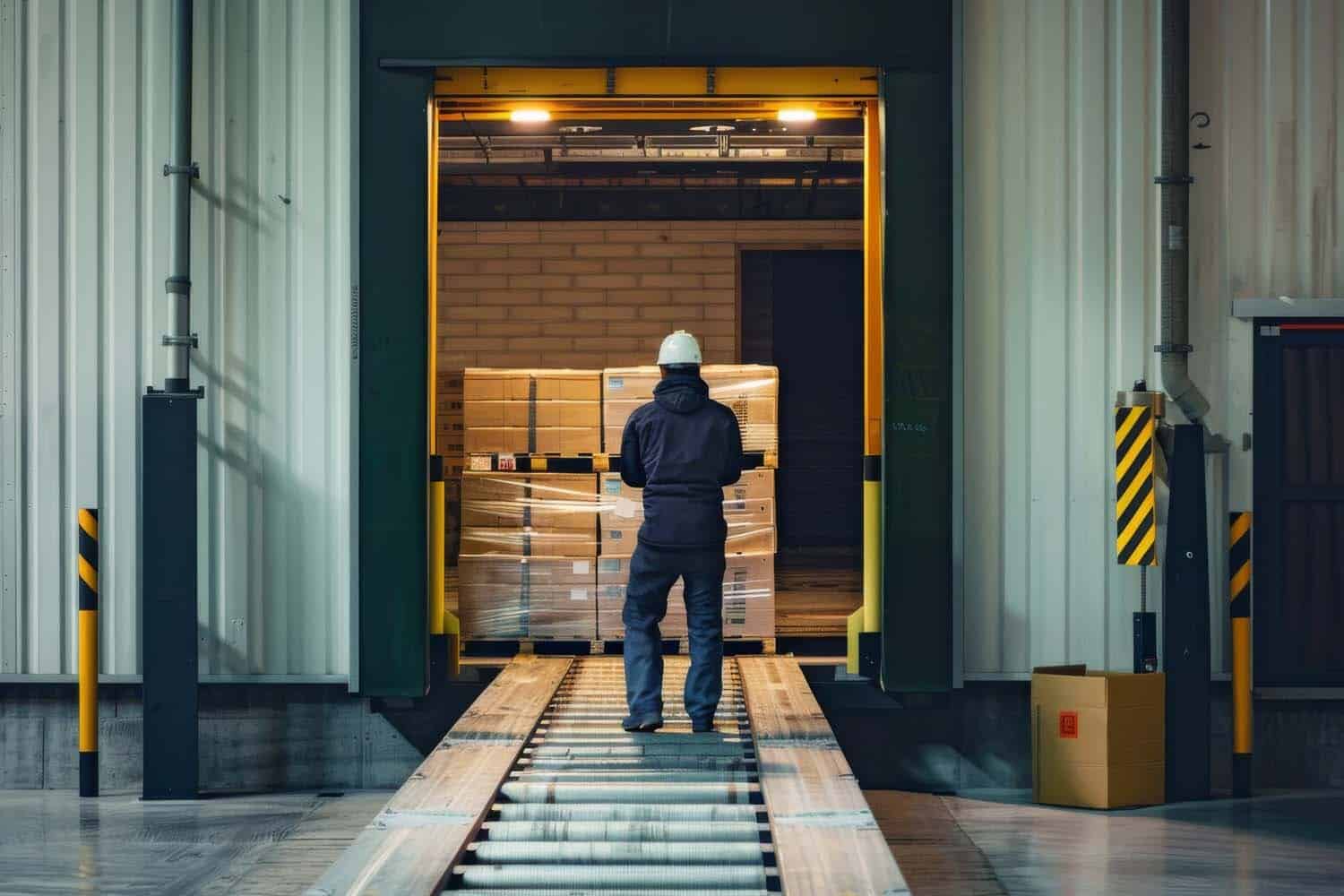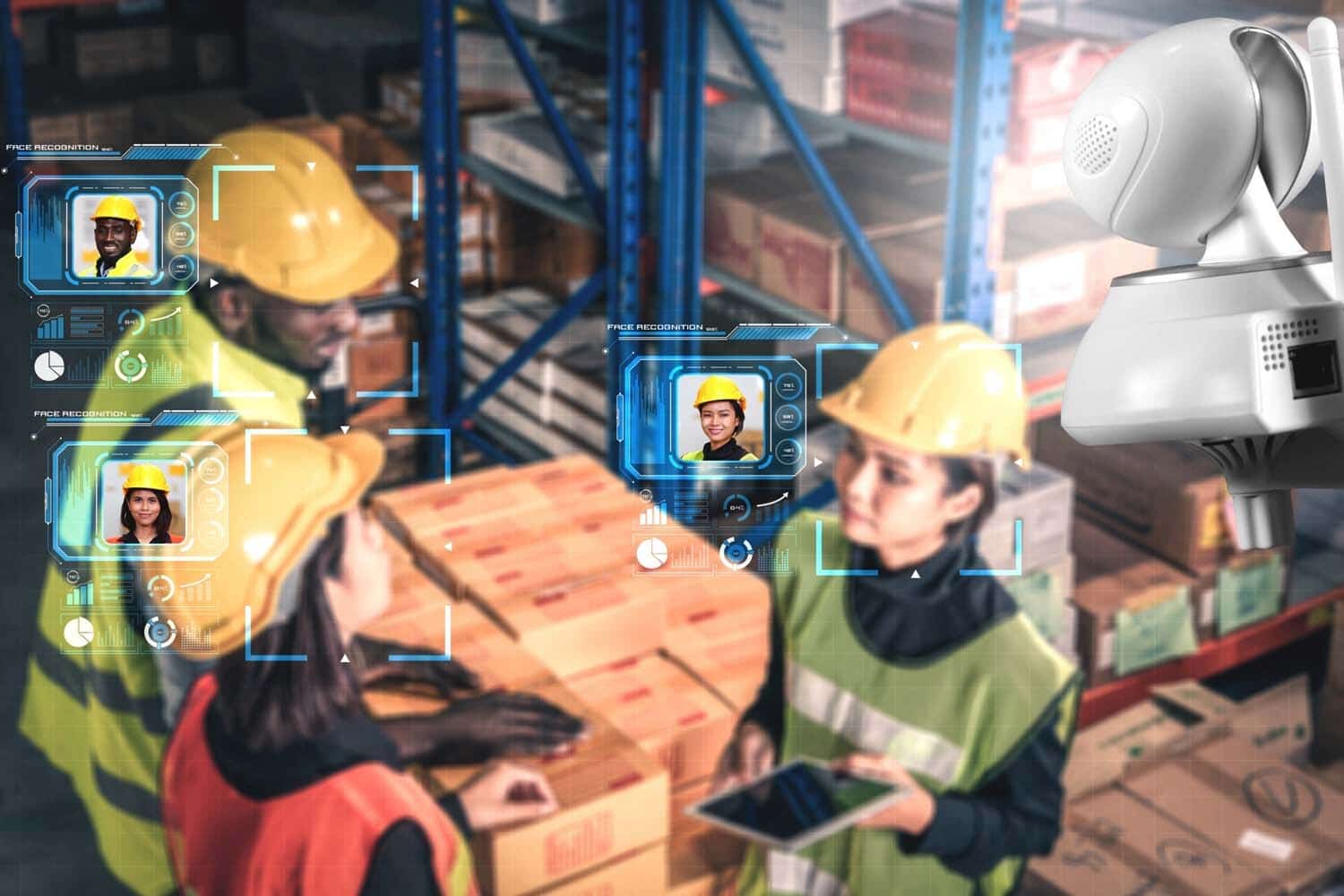Criminal behavior continues to disrupt logistics operations across the country. There were at least 3,625 incidents of theft across warehouses and U.S. transport routes last year. That was a 26% increase from 2023.
Warehouses face growing pressure to secure goods in transit while meeting tight delivery timelines. A single operational breach can disrupt shipment schedules and strain business relationships that have taken years to build. When security fails, the impact often spreads beyond the warehouse floor and into missed deadlines and lost revenue.
Warehouses, which act as critical links in the chain, are especially vulnerable. If you manage or operate a logistics facility, you cannot afford weak security.
This guide outlines how to secure your warehouse environment and protect your supply chain operations from threats that pose a risk to your business.
Why Logistics and Warehouse Facilities are High-value Targets
Warehouses are attractive to criminals. These facilities store large volumes of goods in staging areas that may remain unattended for long stretches. Many operate on tight schedules with rotating staff and a steady stream of outside personnel. That constant movement makes it difficult to track who enters, where they go, and whether anything goes missing. Without strong controls, it becomes easy for bad actors to exploit the chaos and slip through unnoticed.
Criminals target facilities that show signs of neglect. A warehouse without visible surveillance becomes more attractive to someone looking for quick access. If the perimeter offers concealment or the entry points stay exposed, it signals vulnerability. These openings invite repeat attempts and create long-term risk for the entire operation.
An attack on your logistics site does more than cause inventory loss. It can lead to operational delays, client chargebacks, and reputational damage that takes years to rebuild.
Common Warehouse Security Risks
Just locking your warehouse doors won’t secure the building. Threats often arise when oversight breaks down or access points remain exposed. As operations evolve, new vulnerabilities appear that require constant attention and tailored solutions. A one-size-fits-all approach leaves too much to chance. Security must adapt to all the variables in your business to be effective.
These risks include:
-
Cargo theft by external criminals who break in through fences, loading bays, or unlocked entrances.
-
Vehicle theft and unauthorized access to fleet yards or loading docks.
-
Tampering with shipments during staging, loading or unloading.
-
Vandalism or loitering that disrupts operations.
Some of these threats happen during peak hours. Others occur after hours when fewer staff are onsite. Many incidents happen because criminals expect weak deterrents. Warehouses that rely only on traditional alarms or outdated surveillance systems offer easy opportunities.
How Warehouse Surveillance Strengthens Supply Chain Security
Video surveillance acts as a deterrent and a source of accountability. When high-resolution cameras cover key facility zones, criminals think twice before acting. When incidents occur, video footage helps support investigations that bring criminals to justice.
Today’s modern warehouse surveillance goes beyond basic camera feeds. AI-powered systems can detect movement in restricted zones, send real-time alerts to your cell, and track activity across multiple angles. Surveillance platforms also help warehouse managers monitor deliveries and detect suspicious behavior before it escalates.
The strategic placement of surveillance cameras at loading docks, perimeter fences, receiving bays, staging areas, and break rooms provides your managers with full situational awareness. Cloud-based video storage enables quick access to stored camera footage, making it easy to share when needed without relying on on-premises servers.
The Role of Lighting and Access Control in Logistics Security
Surveillance is most effective when paired with lighting and access control. Warehouses with dark corners, poorly lit parking lots, or unlit entrances offer cover for criminal activity. Installing motion-triggered or always-on lighting enhances visibility and conveys that you’re watching.
Access control systems enable facilities to track and restrict entry to specific zones and determine when individuals can enter. These systems capture the behaviors of employees, temporary workers, third-party drivers, and guests. Integrating access logs with surveillance footage provides a comprehensive view of movement and activity.
You can also use license plate recognition (LPR) cameras at entry points to track fleet vehicles and detect unauthorized vehicles attempting to enter restricted areas.
Remote Monitoring Reduces Response Time and Improves Coverage
Hiring around-the-clock security guards for large logistics sites is costly and often ineffective. Many warehouses now rely on remote video monitoring services to enhance coverage without incurring additional payroll overhead.
Remote monitoring professionals stay focused on real-time activity and act immediately when something looks suspicious. If the system flags unusual behavior, they investigate the alert and escalate the issue based on the threat level. Constant oversight gives warehouse operators confidence that threats will not go unnoticed.
These services act as a virtual guard presence, monitoring your site 24/7. This approach helps prevent incidents before they escalate and provides immediate escalation in the event of a threat.
Remote monitoring also improves efficiency. Operators can monitor operational bottlenecks and assist with emergency procedures if something goes wrong.
How To Build a Warehouse Security Strategy That Works
Every warehouse is different. A tailored security plan begins with a full assessment of your property, access points, inventory type, and staffing schedule. From there, you can prioritize which security components to implement first.
Start by identifying your most vulnerable zones. Next, deploy surveillance cameras that provide full visibility, especially in areas where theft or access violations could occur. Add signage that warns of surveillance. Upgrade lighting and access control to match your surveillance coverage. Finally, integrate remote monitoring so that someone is always watching your site.
Ongoing evaluation matters. Warehouse layouts change. Inventory levels fluctuate. Employee turnover happens. Your security strategy should evolve in response to these shifts to remain effective.
Security Should Never be an Afterthought in Logistics
As supply chains become more complex, logistics security becomes a competitive necessity. Customers want reliable partners. Insurance carriers want to see proactive risk management. And your business needs operational continuity.
Security failures at the warehouse level are rarely isolated. They ripple across the chain, from procurement to final delivery. Investing in warehouse surveillance and logistics security tools now can prevent costly disruptions later.
Partner with Pro-Vigil To Secure Your Warehouse Operations
Pro-Vigil specializes in video surveillance and remote monitoring solutions that protect warehouses, logistics facilities, and supply chain operations. Our advanced systems help prevent criminal behavior before it causes damage. They deliver real-time visibility and support faster decisions when something goes wrong. With the right coverage in place, you can maintain control over your facility and respond with clarity when incidents happen.
Don’t wait until a security breach disrupts your operation. Contact Pro-Vigil today to schedule a warehouse security assessment and get started with a video surveillance system built for logistics.
Q&A
Temporary or mobile warehouses face many of the same threats as permanent facilities, but often with fewer built-in protections. These sites are especially vulnerable due to limited staffing and minimal infrastructure. Logistics companies can secure these environments by utilizing mobile surveillance units equipped with cameras, motion detection capabilities, and remote monitoring features. These units can deploy quickly without requiring power or internet from the site. Solar-powered options and cellular connectivity make them ideal for remote or undeveloped areas. Adding strong lighting and clearly marked signage also helps deter unauthorized access.
Digital systems play a growing role in warehouse operations, but they also introduce new risks. A compromised network can provide intruders with a means to turn off surveillance or manipulate logistics data. Once inside, attackers may track movement patterns or uncover details about storage areas that should remain protected. Without strong cybersecurity measures, bad actors can bypass even the best physical defenses with a backdoor data hack.
To protect against cyber threats, logistics teams should regularly update firmware on connected security devices, use encrypted communication channels, and implement multi-factor authentication for administrative access.









